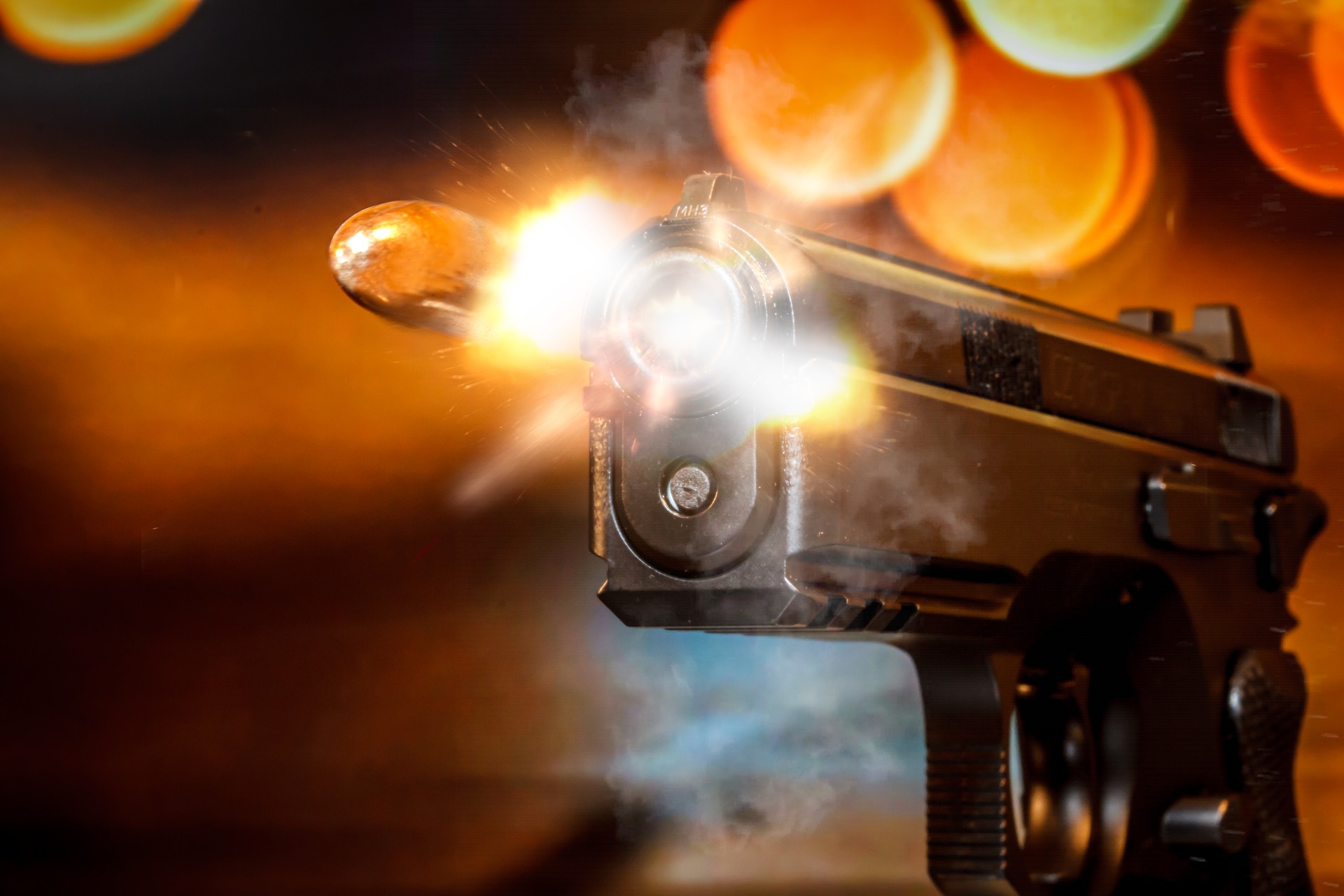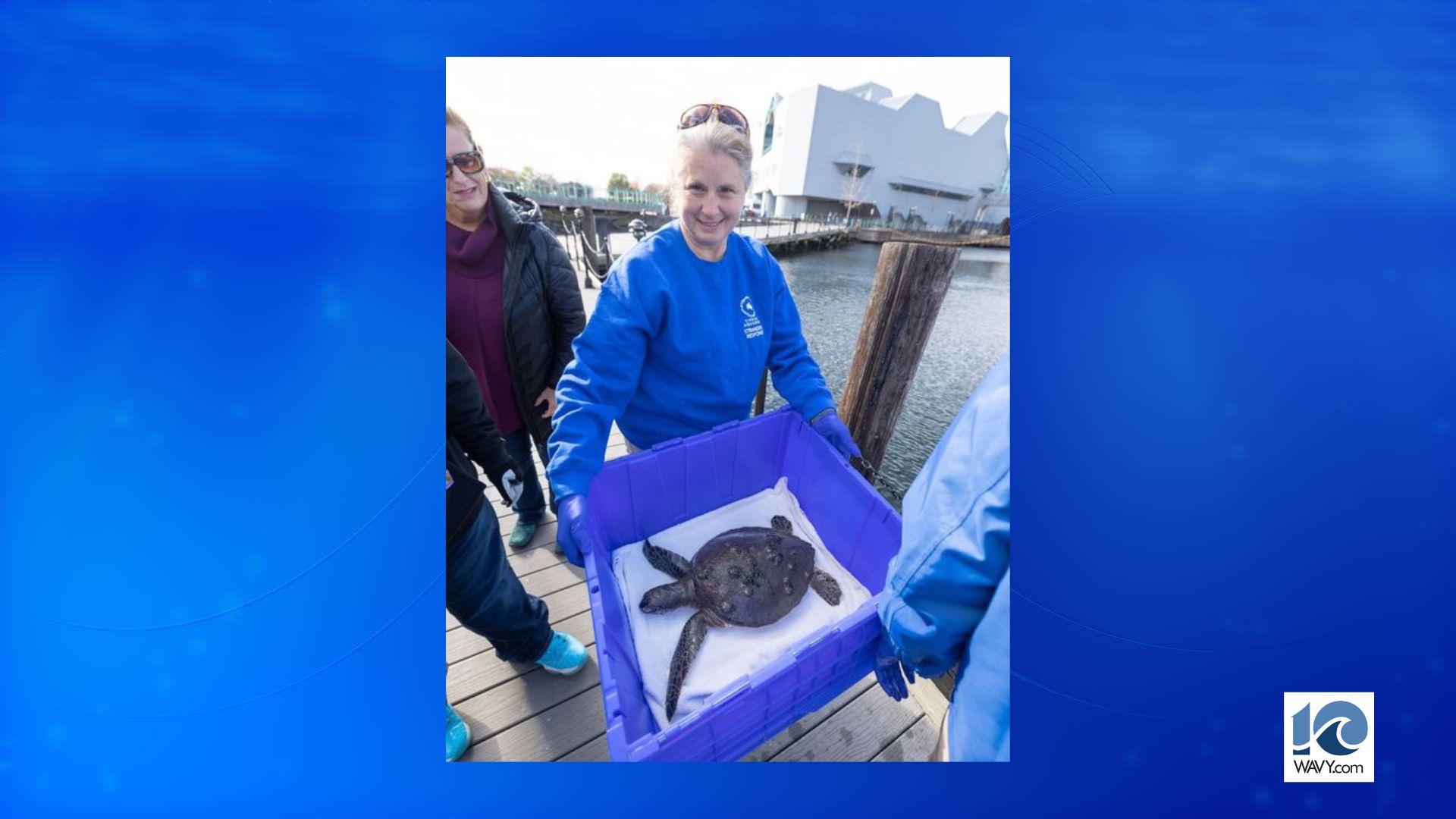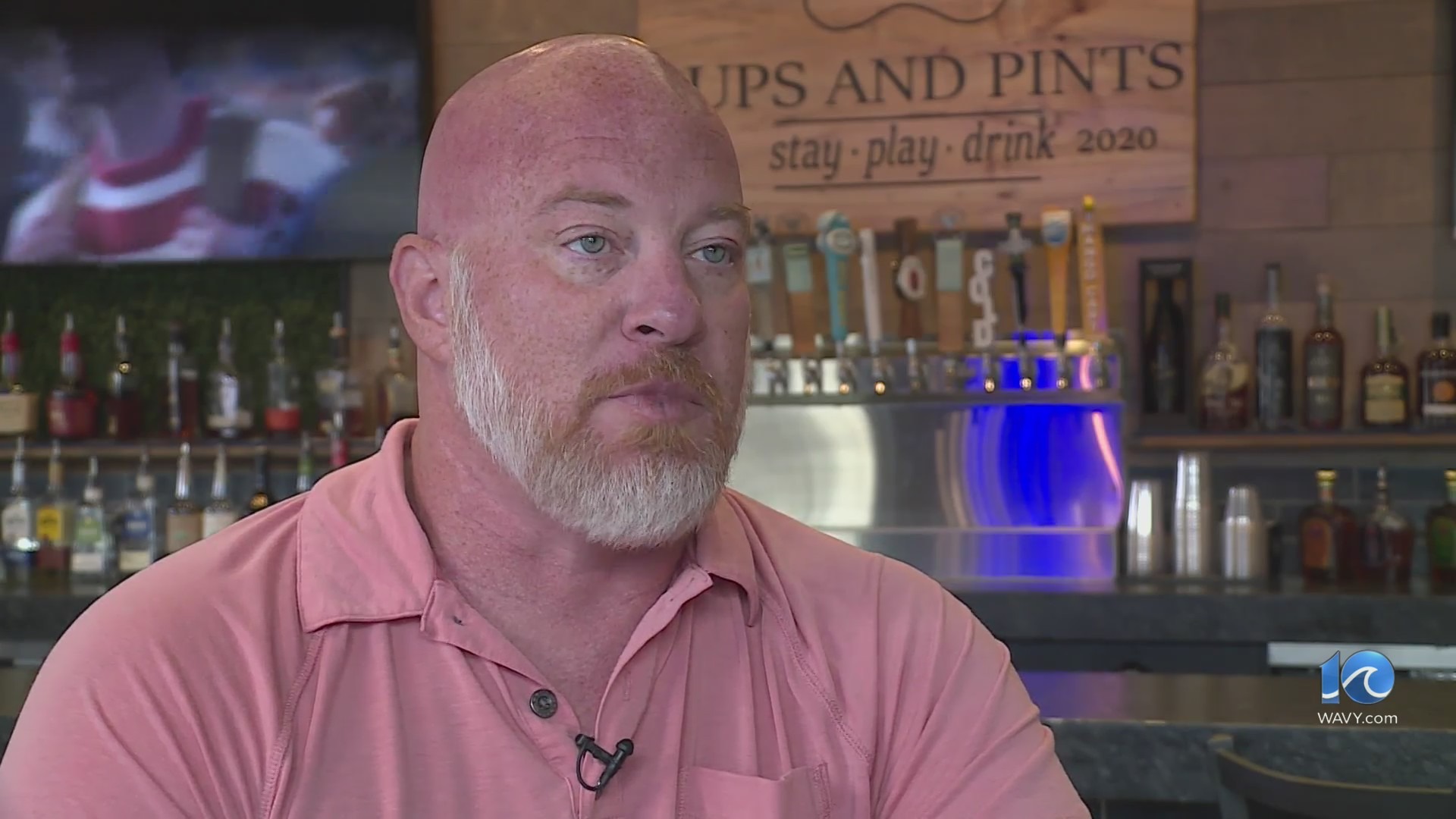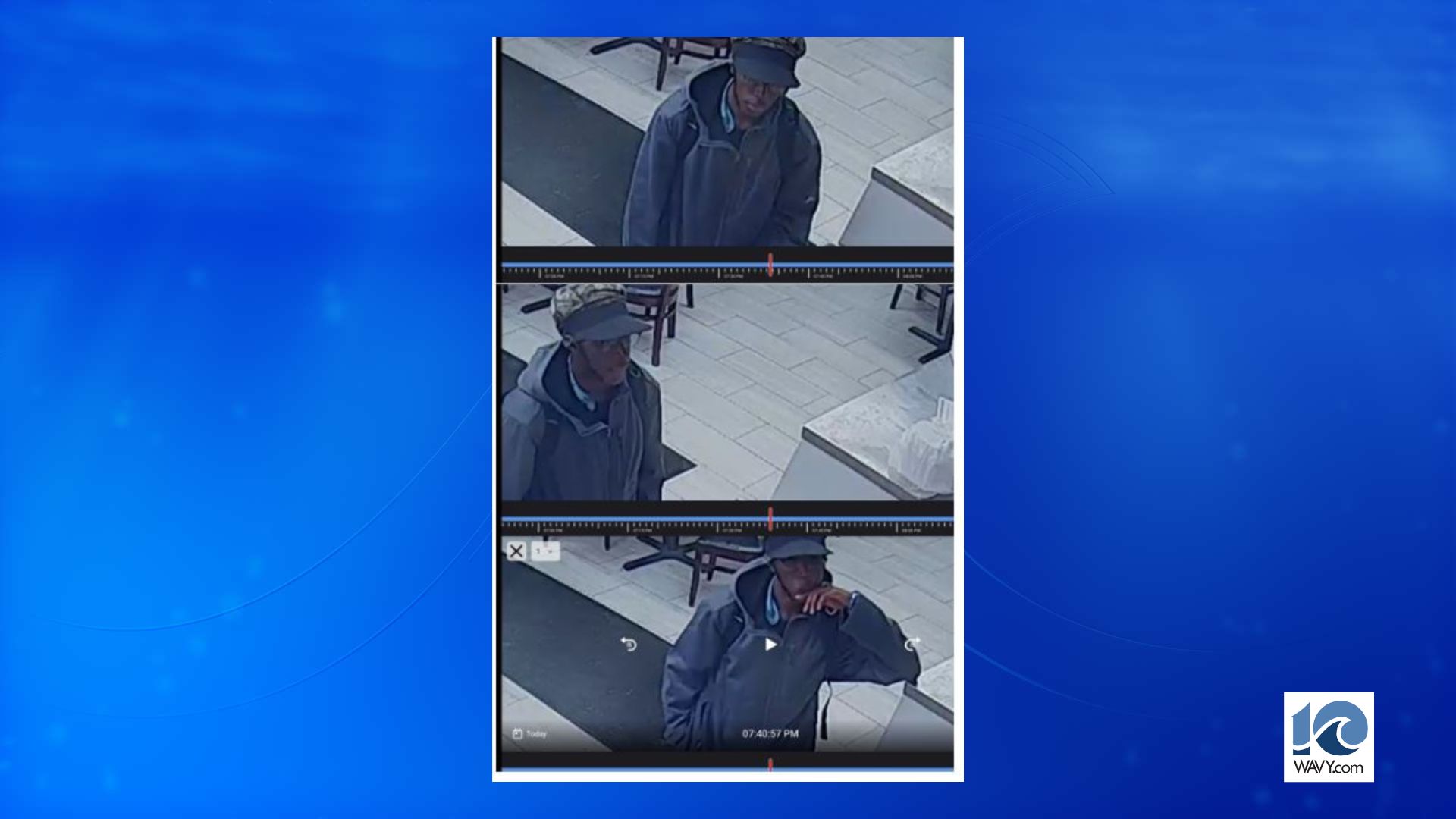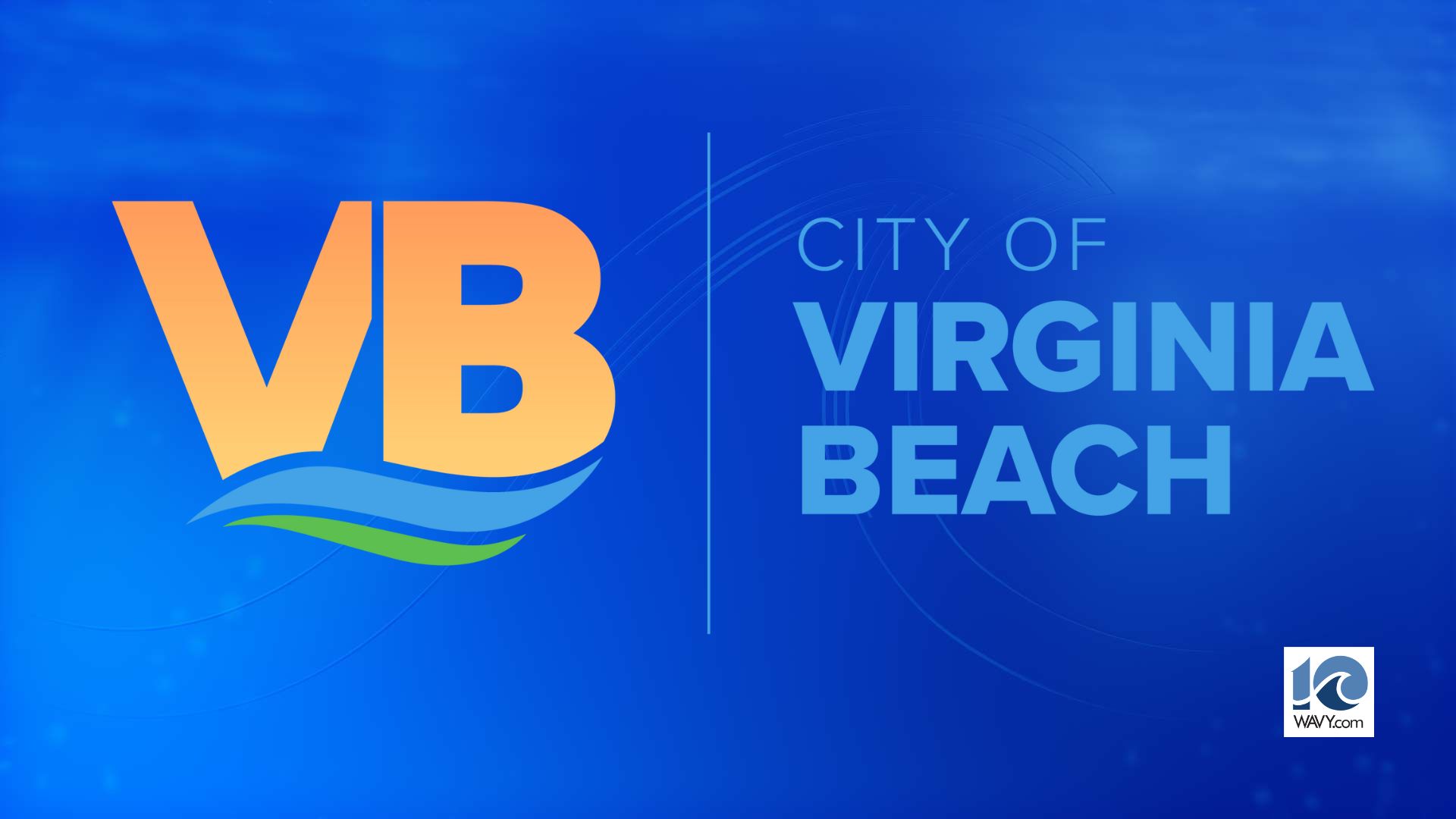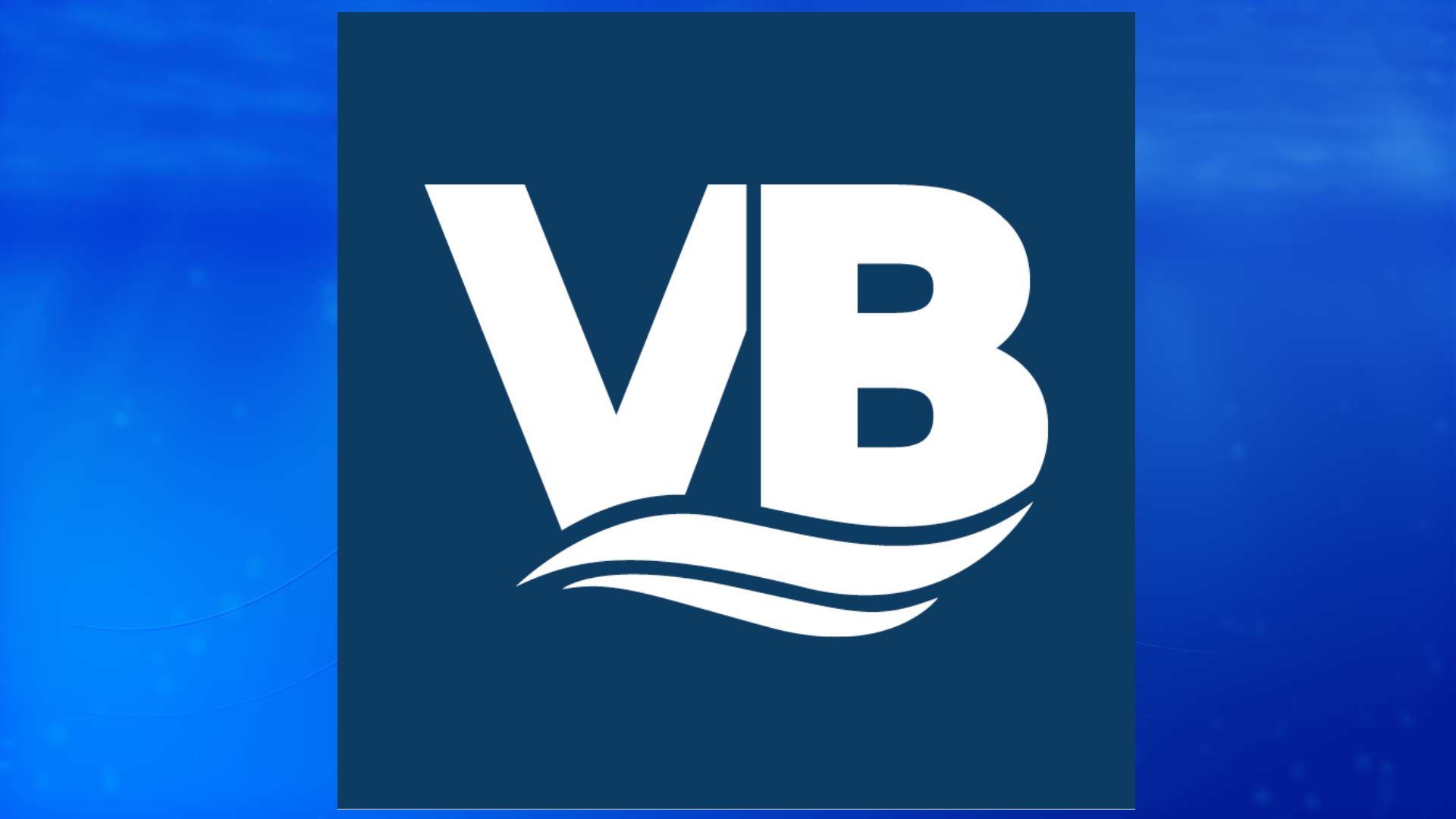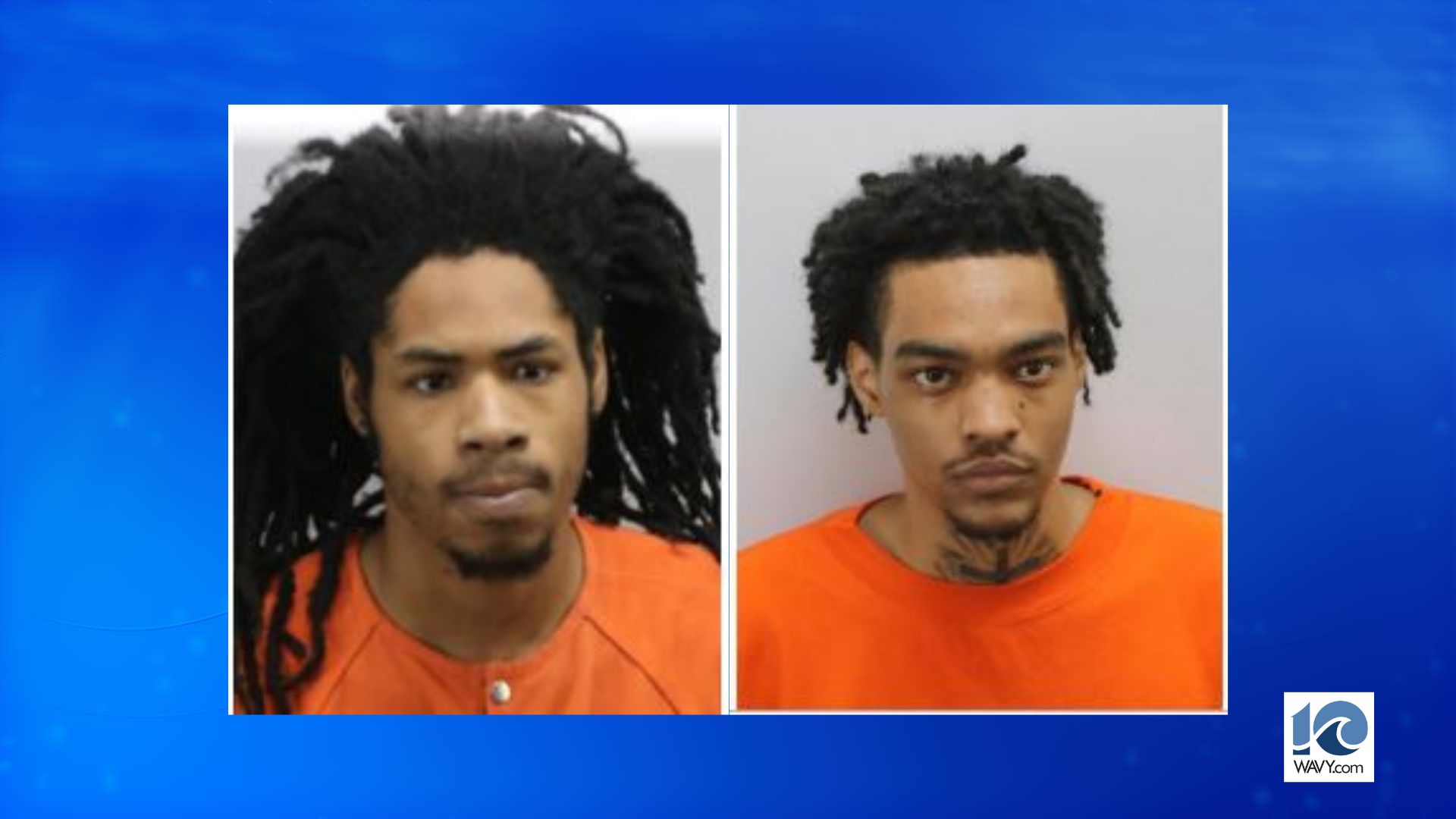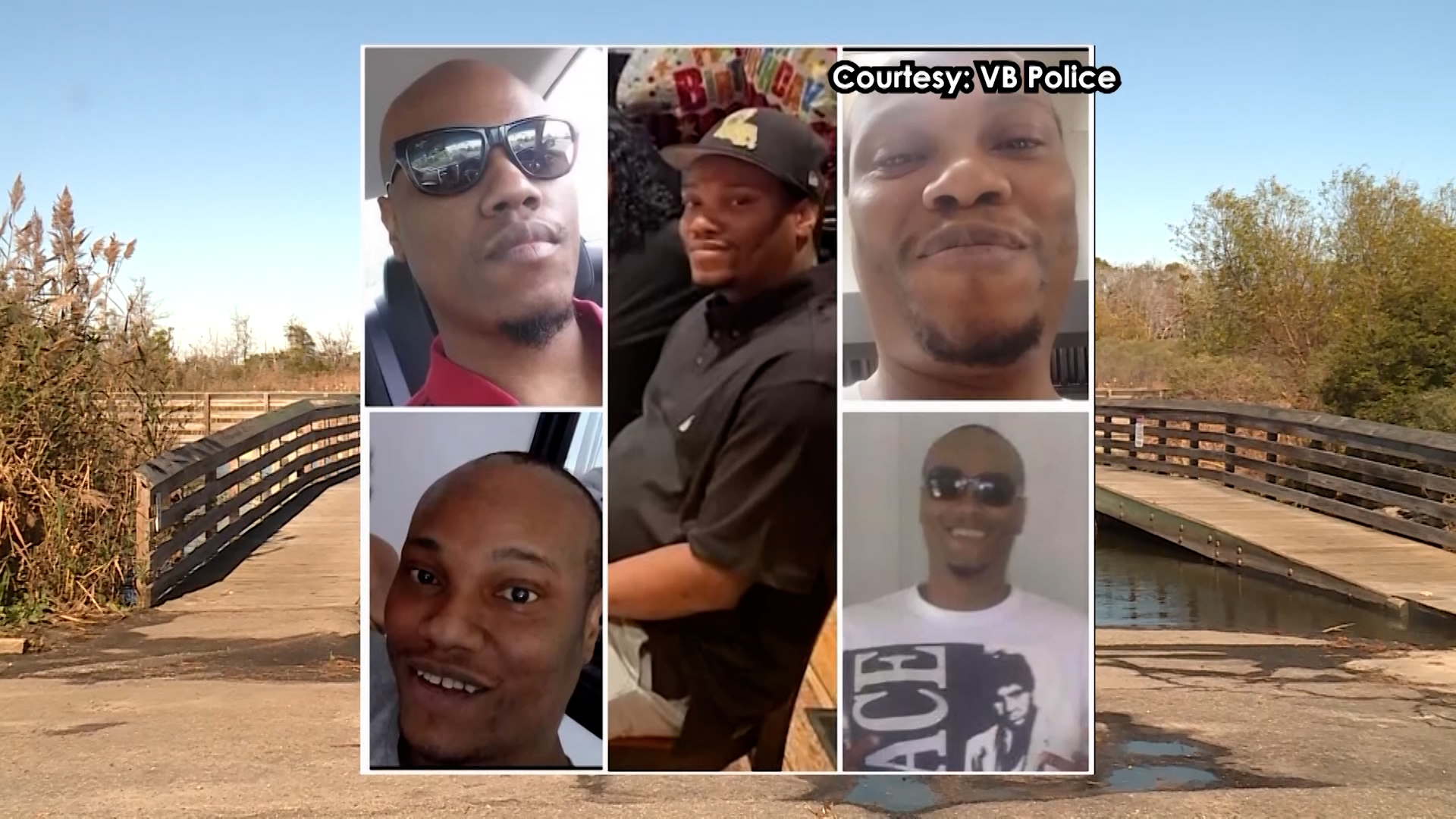HAMPTON, Va. (WAVY) – The Student Airborne Science Activation (SASA) program allows first and second year undergraduate students to conduct a summer internship with NASA.
As part of the eight-week program, students get to see how research projects are conducted, interact with scientists and mentors and take to the skies in a NASA P-3.
On a recent mission, the students flew over Washington DC, Baltimore and Hampton Roads – gathering data using a P-3 Orion.
NASA’s P-3 Orion is a modified research plane – with cameras, sensors and instruments to measure various elements in flight. Onboard the aircraft are students and researchers from NASA’s Airborne Science Program are able to work together- observing, learning and researching.
Kailyn Hyman is a Rising Junior at Hampton University. She is studying aviation management, so the opportunity to work and fly with NASA was one she took full advantage of. She was able to speak to the pilots and see how they conduct their missions.
“You get to kind of talk to them and see what they’re doing, where we’re going. Seeing how all that all of that comes together is what I’m doing to see how aviation could tie into NASA and science,” said Hyman.
For Hampton University Professor Ruben Delgado, the experience with the students is quite rewarding. “To see the their growth… many of them the first week didn’t have a concrete idea of what they wanted to do, and through very informal conversations, just listening to them, several of them have expressed an interest in pursuing graduate careers, either masters or sciences and into science and engineering.”
Careers that may just bring them back to NASA Wallops, and into the skies once again.


